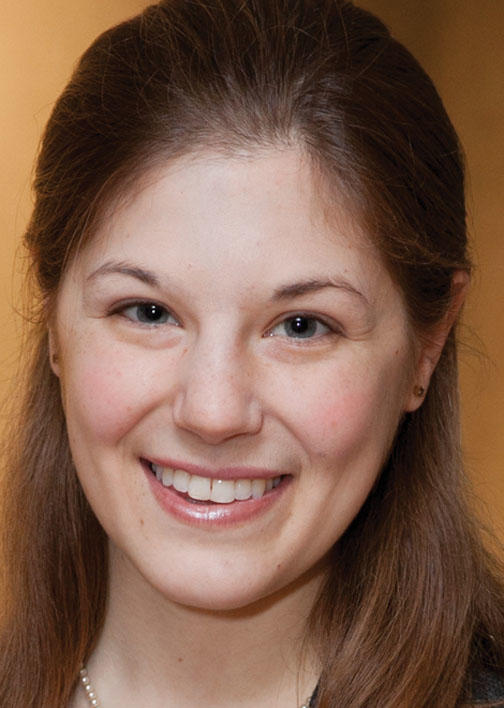In Brief
Amazon founder and CEO JEFF BEZOS ’86 and his wife, MACKENZIE BEZOS ’92, have made a $15 million gift to the University to create a center that will study how the brain works.
The Bezos Center for Neural Circuit Dynamics, part of the Princeton Neuroscience Institute, will investigate patterns of activity in the brain to shed light on how decisions are made and memories are recalled. Researchers will examine neural-circuit dynamics, the changes in the pattern of activity of the brain’s neurons. While the center will explore fundamental neuroscience, its discoveries may lead to cures for neurological diseases, Jeff Bezos said.
The Bezos Center will be located in a complex under construction on the south edge of campus near the Icahn Lab that will house the neuroscience institute and the psychology department.
On Dec. 15 the University offered admission to 21 percent of the 3,443 students who applied through the EARLY-ACTION PROGRAM, Princeton’s first early-admission option since 2006. Dean of Admission Janet Rapelye said the group represents “between 31 and 36 percent of the total number of students we expect to admit this year.”
Of the 726 students admitted, 56 percent are from public high schools, 37 percent identified as members of U.S. minority groups, 13 percent are legacies, 10 percent are international students, and the gender balance is 50/50. Those figures are similar to the demographics of recent entering classes at Princeton. Sixty-four percent applied for financial aid; aid students make up about 60 percent of the current student body.
The changing role of women at Princeton is the focus of MUDD MANUSCRIPT LIBRARY’s exhibit, “She Flourishes: Chapters in the History of Princeton Women,” which features letters, photographs, and publications dating to the opening of Evelyn College for Women in 1887, as well as archival video footage beginning with the Class of 1939’s junior prom.
The achievements and difficulties these women faced are revealed through glimpses of landscape architect Beatrix Farrand; Sally Frank ’80, who successfully challenged the all-male eating clubs in court; and President Tilghman, the University’s first female president. The exhibit continues through Aug. 31, while video footage can be viewed online at http://blogs. princeton.edu/reelmudd/.
Olivia Waring ’12, a chemistry major from New Jersey with a passion for language and translation, is the recipient of the 2012 SACHS SCHOLARSHIP. The scholarship, named for Daniel Sachs ’60, provides a senior with the opportunity to study, work, or travel abroad after graduating.
Waring, who is working on a certificate in Chinese language, has a special interest in reviving endangered languages such as the Tibetan dialects Amdo and Chukwa. She plans to pursue postgraduate studies in linguistics and philology at Oxford.
Waring envisions herself pursuing a career in field research. “In 10 years’ time, maybe I’ll find myself on a windswept Tibetan plateau, waging war against linguistic homogenization armed with nothing but a notebook and a tape recorder,” she told The Daily Princetonian.














1 Response
Martin Schell ’74
9 Years AgoProtecting linguistic diversity
I wish Olivia Waring ’12 success in her study of Tibetan dialects as a Sachs scholar (Campus Notebook, Jan. 18). Ironically, the “homogenization” that she wrings her hands about is directly attributable to the study of linguistics that she loves so much. As Patrick Geary notes in The Myth of Nations, “The infinite gradations of broad linguistic groups in Europe were chopped up by scientific rules into separate languages,” leading directly to standardized languages in 19th-century Europe.
Geary estimates that only about half of those living in France in 1900 spoke French. More recently, China’s National Language Commission revealed in 2005 that only 53 percent of the populace could speak Mandarin. It is not English that overwhelms linguistic diversity in places like the Philippines and Indonesia, but rather the respective national languages that are inculcated in schools. In the Western hemisphere, the most thorough represser of local languages is Spanish, which ironically is one of the banners of linguistic diversity in the United States.